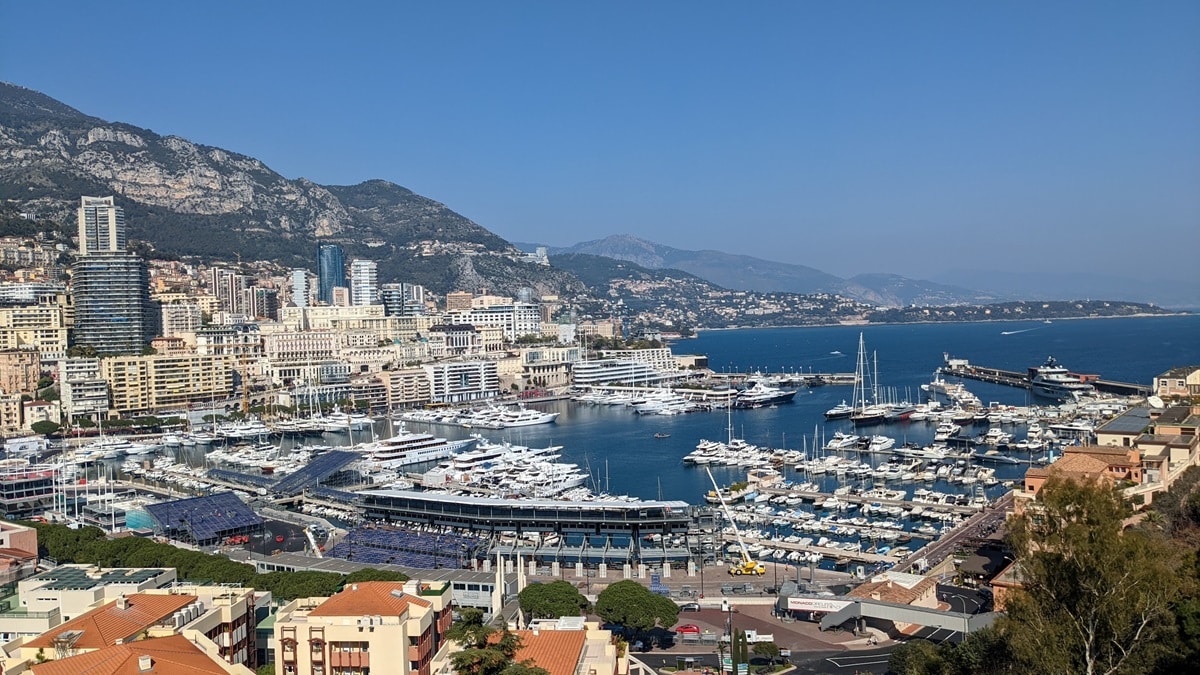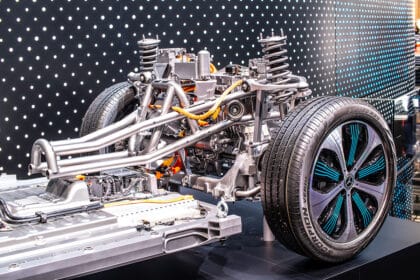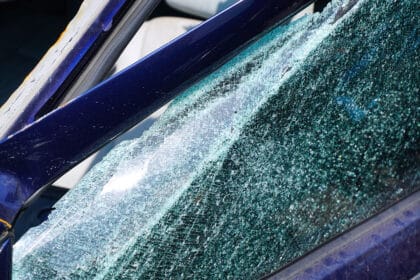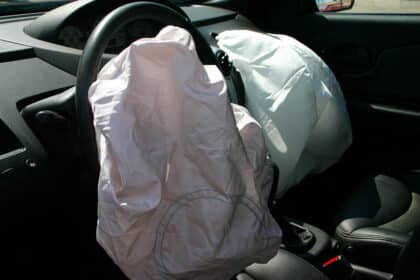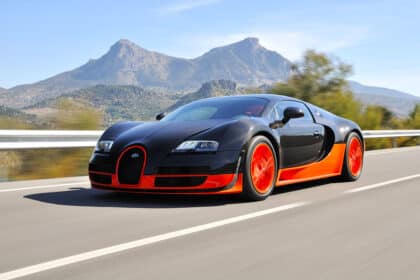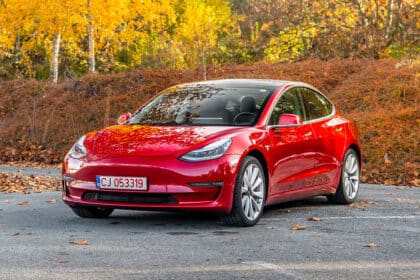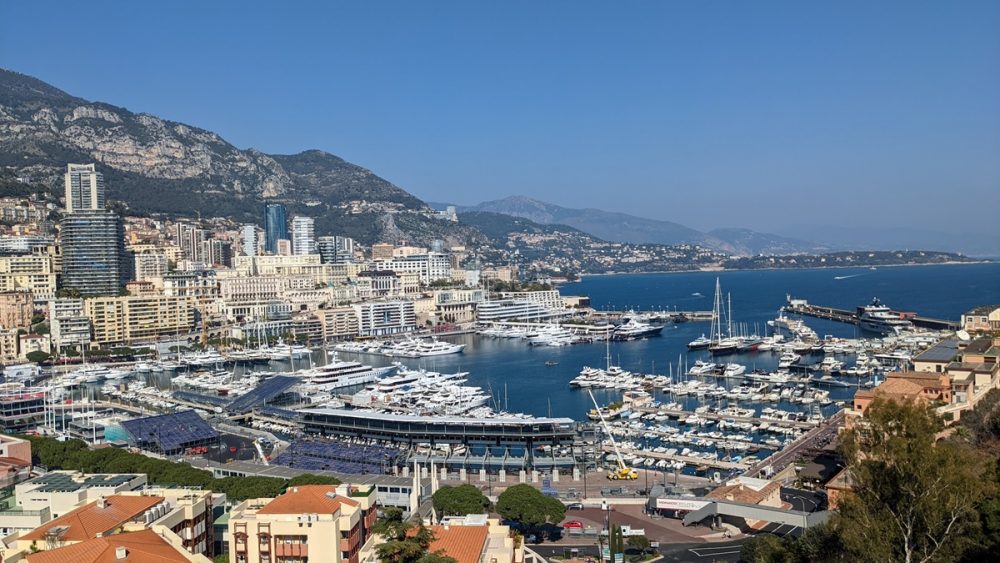
The Monaco Grand Prix is absurd. Every year, Formula 1 heads to this tiny principality near the south of France to race around a circuit it has long outgrown. There’s excitement in the air, even though the cars are too big and too fast for the narrow street track, and everybody knows it. It’s often called “the jewel in the crown” of motorsports, hailed as one of the most prestigious sporting events in the world. And even though the race is a snooze every single time, it somehow manages to retain its elevated status, like it has cast a spell on the whole of the F1 community and even beyond.
Nelson Piquet Jr, three-time champion, likened racing at Monaco to riding a bike inside your living room. This was in the ’80s, and the bikes have only gotten bigger since. At the 2024 Monaco Grand Prix that took place just last Sunday, there were only four on-track overtakes over the course of the 78-lap race, and none of them for points-scoring positions. It was like watching a soccer game where the goal had been substantially reduced in size, so the teams didn’t even bother getting the ball into the penalty area because they knew they’d never get it past the keeper.
The only positive outcome was that the likable Charles Leclerc finally took victory at his home race (it having unluckily eluded him twice before) and that Ferrari looked strong enough that it might give Red Bull Racing something to think about in the championship. But aside these silver linings, Monaco was a dull as can be.
And yet, before long, F1 will be looking forward to racing there again. That is how it always goes.
Every year, F1 arrives at Monaco with enthusiasm and leaves with disappointment. First, it simply beholds this sparkling city of billionaires, pinched between the foothills of the Alps and a surreally blue sea, as if in a sort of trance. Monaco is the type of city ruled by a man who goes by “His Serene Highness,” whose personal car collection is a museum, and who made a princess of an Olympian swimmer. Yachts glitter in the sun, moored by the race track, where mingle more A-listers than an ensemble summer blockbuster. Supermodels lounge on rooftops for the helicopter cameras. It’s all so glamorous, the refrain goes. Just thinking of it, you can practically hear the clink of champagne flutes.
Then, after a few practice sessions, it begins: qualifying. Broadcasters remind viewers that this is the true spectacle of the weekend, where drivers wrangle absurdly powerful cars on this too-narrow track, putting their wheels millimeter-close to the walls and often depositing some rubber on them. They do everything to set the fastest lap they can, which will determine the starting order for the race the next day. That’s the case for every grand prix weekend, but there’s a special, desperate quality to it on this particular day, as though all the drivers are trying just a little harder than normal. Of course, it’s precisely because the Sunday race is guaranteed to be a procession that they put it all on the line in qualifying. It’s absurd, yet it only serves to enhance the strangely attractive uniqueness of F1 at Monaco.
And finally, the race. The lack of action is inevitable, yet everybody watches anyway, clinging on to the hope that maybe, just maybe, this time will be different. A lunge down the inside. A scrap in the tunnel. The sheer improbability of these things only heightens the anticipation that they just might happen, and that if they do, it will be truly epic. It’s hard to imagine where a pass could even take place, but surely, one of the world’s best drivers can think of something… right? Live commentators continually suggest a heroic move is, if not imminent, then at least possible — and later, post-race interviews encourage drivers to describe the excitement and challenge of the race, as though to assure viewers that what they’d just seen was, in hindsight, more thrilling than it was.
Then, in the following days, as though waking up from a fever dream, everyone from drivers to pundits will begin to speak of the need for change — the cars should be smaller, the tires should degrade faster, it simply can’t go on like this. Should Monaco even be on the calendar at all?
Then a year goes round, and they come back for the next season — having seemingly forgotten all about the bad experience, ready to do it again, along with the rest of us.
Kurt Verlin was born in France and lives in the United States. Throughout his life he was always told French was the language of romance, but it was English he fell in love with. He likes cats, music, cars, 30 Rock, Formula 1, and pretending to be a race car driver in simulators; but most of all, he just likes to write about it all. See more articles by Kurt.

